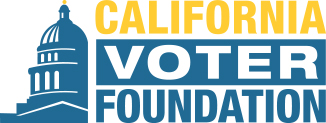"Voting is challenging for many people, especially during a pandemic," said Kim Alexander, who wrote the song's lyrics and recruited volunteer, professional performers and editors to help record and produce the music video. "We put this song together to give voters a creative and entertaining way to help them prepare to vote with confidence."
As has been the case with CVF election songs in the past, this year's edition uses rhyme and a bit of humor to inform voters about the importance of getting vote-by-mail ballots in on time and remembering to sign their ballot envelope, according to Alexander.
The election songs are inspired by "Schoolhouse Rock," the 1970's series of children's television shorts that used music and animation to educate a generation about civics, math, and grammar. (Full Video)

